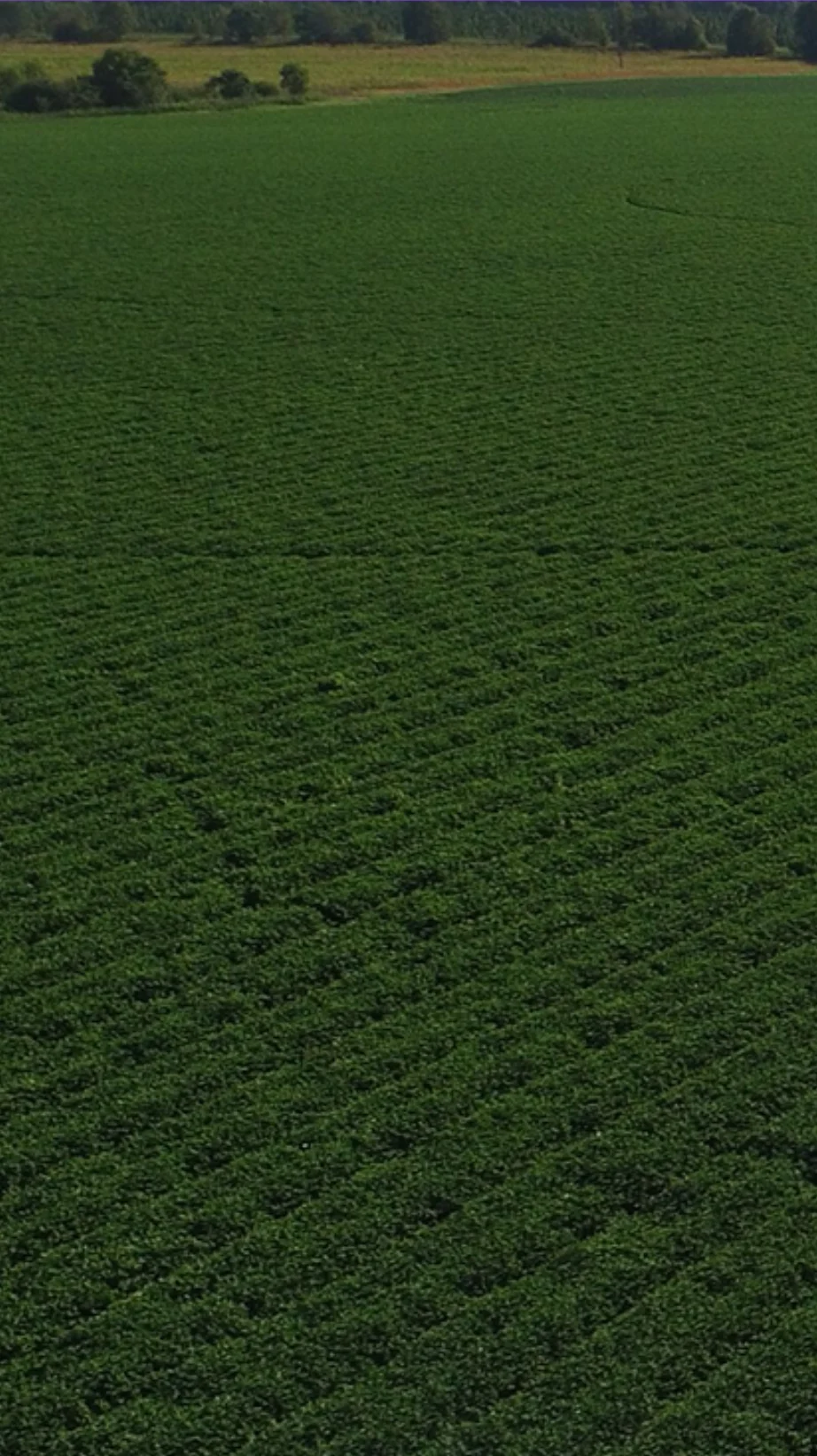Be the change
for good food
and a healthy
future with us
From the origin of your products and ingredients to the consumer’s first bite or sip, every choice along the supply chain can be the change our world needs.

You need food and beverage solutions as unique as your brand. With our wide range of ingredients, technical expertise across our Customer Solutions Centers (CSC) worldwide, and global scale, we bring limitless possibilities for every new development. We partner with brands to help them stand out in their category. And there's plenty to choose from.
If you're looking for the latest updates and useful tips, we've got you covered with our regularly released ofi newsletter.
Please note, by subscribing, you agree to ofi’s privacy statement and consent to the collection and use of your data.


million
farmers (direct and indirect) sourced from*
+
manufacturing facilities*
customers*
* Numbers are subject to change
News & Events
Get the latest must-know news, stories, and insights across our industries.